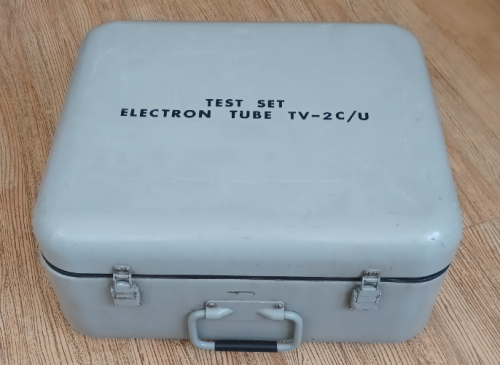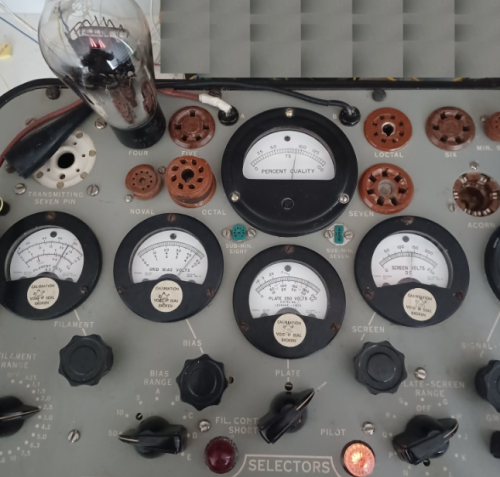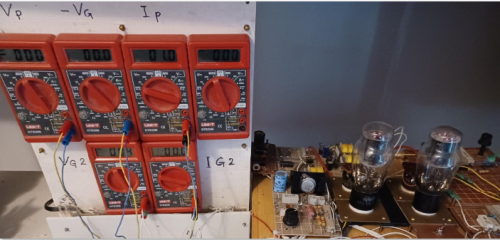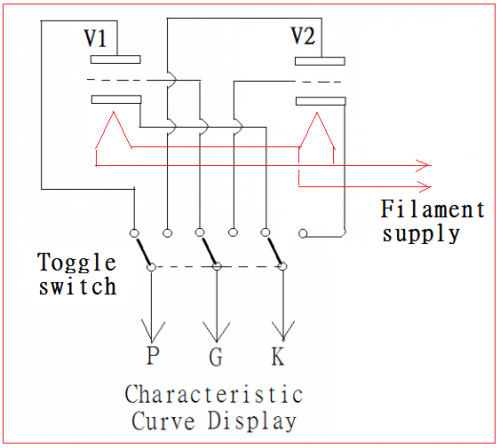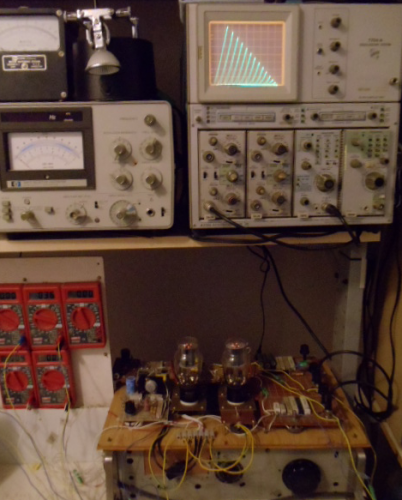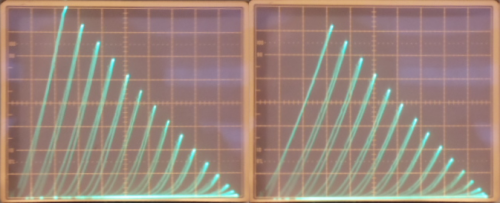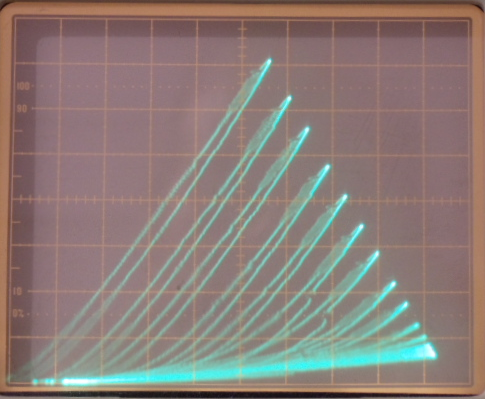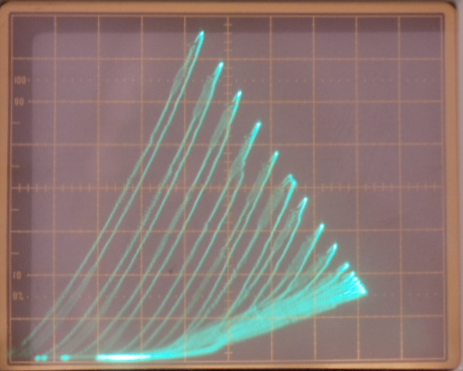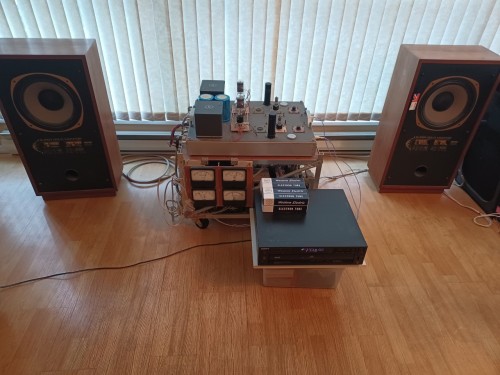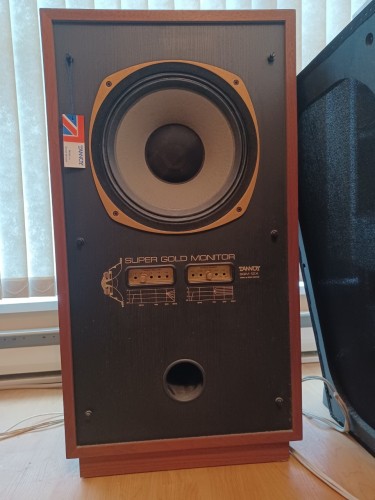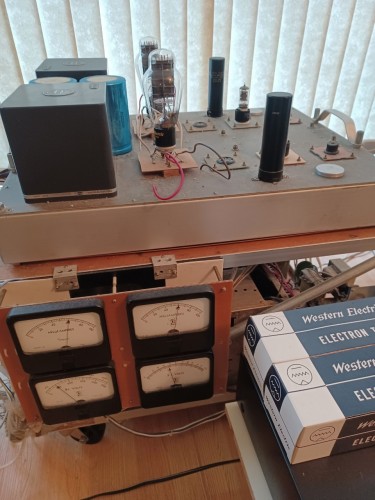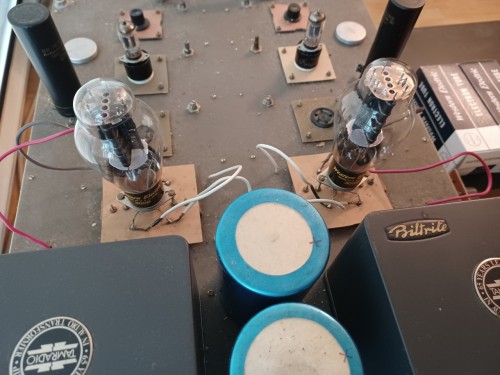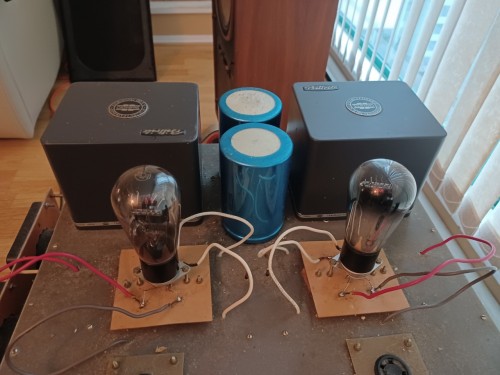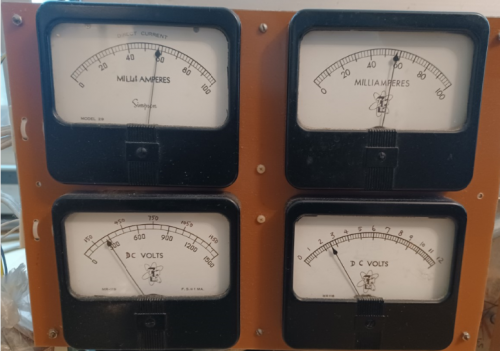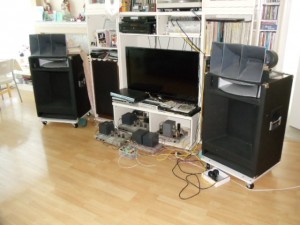Terry’s DIY Tube Amp Pages – My name is Terry, electronics have been my hobby for many years. I built my first crystal radio when I was in grade 5, with 1N34A diode and hand wounded coil on a plastic bottle, played with a spider antenna and crystal ear plug, often listened to few stations mixed together.
I made my first 6V6 6SN7 5Y3 tube amp in 1969, played with crystal cartridge and self built speaker cabinets. Sound quality was just ok but I enjoyed a lot, later also tried the 6BQ5 and 12AU7 amp. Later on I built AM superheterodyne tube radio with 6BE6 and transistor radio with 2SA52 (first detector or mixer), 2SA49 (I.F.), 1N34A (2nd detector), 2SB54 (voltage amp) and 2SB56(power amp). Then FM transistor radio, OTL amp (2N3055) and OCL amp (Mj802, Mj4502) in 1970’s. Finally I go with tube amplifiers because of the excellent sound quality. Thank you for sharing my story.
With compliments from
Terry Tam IEng MIELECIE MIET (United Kingdoms)

TTRADIO.NET recommended tube testing procedure
1. Tube tester test
It is just a standard procedure straightly follows the instruction to get a result as a simple job, no big deal. I use a well calibrated famous TV-2C/U tester, because the military reliability is better than commercial standard.
.
2. Static plate current test
Works with fixed bias to confirm thermal stability and percentage life.
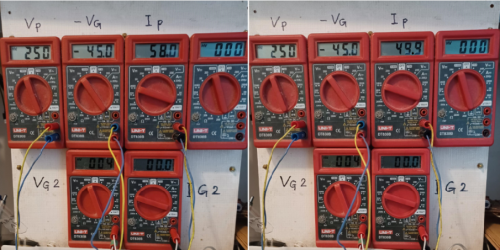
@ Vp=250V, -Vg=-45V
For 2A3 Ip=60mA means 100% so 58 & 49.9 mA are 97% and 83% respectively.
As we know, the static test plate current reading ALWAYS tells the truth of percentage tube life.
.
3. Plate characteristic curve matching
Apart from tester and static testing, tube curve tracer matching test can see the full pictures for marching pairs in which tester and static can’t provide. I arranged a toggle switch to rapid change so that two curve pictures will flip flop on the screen for easily accuracy matching. I also arranged the tube pair filaments connected in parallel so that the filament supply voltage will be identical for two tubes at any instance, as well as the pre-heating time. This is a simulated working condition on an amplifier. Please see picture:
The above example 2A3 pair shows about 10% deviation in dynamic curve matching, quite good. Each picture displays 15 curves EVENLY distributed in the whole area, this is a MUST for low distortion sound quality reproduction.
The following examples passed both in tester and static plate current but sound no good on an amplifier:
This is caused by minor grid wire burnt.
This is caused by seriously grid wire burnt.
.
4. Amplifier music listening to ensure sound quality.
I set up a single end stereo platform plays with a pair of TANNOY SGM12X super gold monitor which were made in Britain of 1980s with 95db sensitivity, well recognized with excellent sound quality, a 71A power amplifier for 0.7 watt can drive them loud enough to play music, nowadays most modern speakers with much less sensitivity.
This single end stereo platform can fit any power tubes such as 300B, 2A3, 245, 250, 71A, 201A , 226, 227, 811, 8005, 211, 845, 833A etc. Please see pictures:
Also see my Altec 288/290 set up:
Thank you for visiting.
